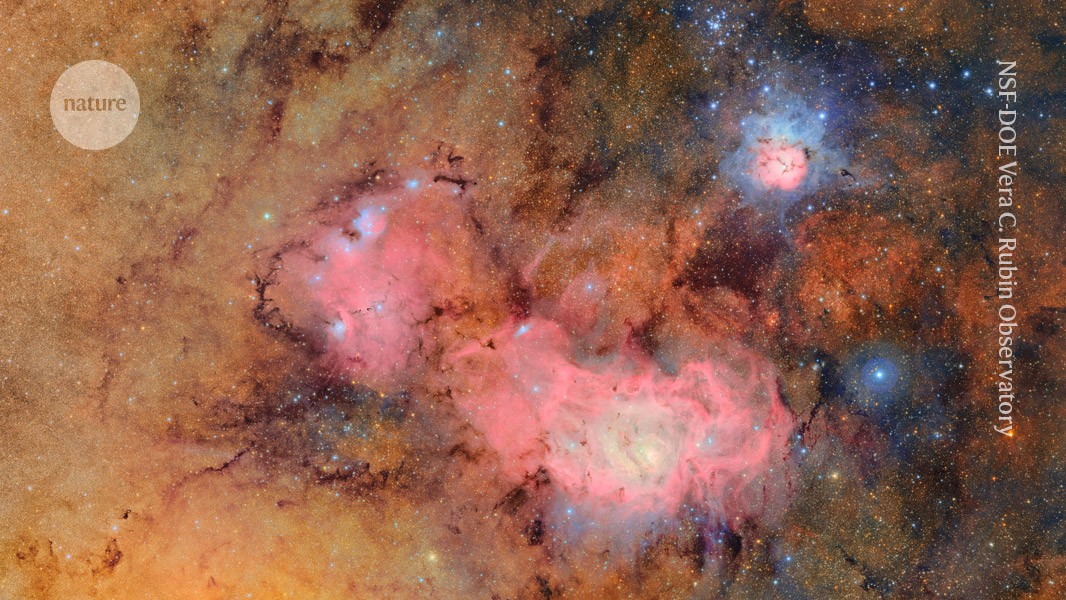
The first images from the Vera C. Rubin Observatory are stunningly beautiful
The Rubin Observatory: Discovering the night sky with a new telescope and its first images of the Virgo cluster and galaxies
“It’s a very special telescope,” says Scott Sheppard, an astronomer with Carnegie Science. “It’s going to find everything that goes bump in the night, to some degree.”
He says that it’s going to be revolutionary. Astronomers will change from observing little areas of the sky to mining data. It’s going to be like a firehose of data coming in. We’re going to have to sift through all of the stuff to find everything.
The observatory has an 3,200 mp camera, the largest in the world, that has unveiled its first images. The images were created from shots taken during a trial that started in April, when construction of the telescope was completed.
A picture is worth 1000 words as the saying goes. A snapshot does not tell the whole story. “The most important things astronomy has given us so far are snapshots”, says Yusra Al Sayyad, who oversees image processing for the Vera C. Rubin Observatory.
“These images are fantastic. They’re incredibly high resolution. But they’re just a tiny, tiny fraction of what’s been captured,” says Kevin Reil, a staff scientist with SLAC National Accelerator Lab who is working at the observatory in Chile. He noted that the small portion of the observatory’s total view of the Virgo cluster is shown in the newly released image. “We just happened to zoom in on this little piece.”
Built with funding from the National Science Foundation and the Department of Energy, the facility will collect a mind-boggling amount of data on the entire southern night sky during a decade-long survey slated to start later this year.
“Since we take images of the night sky so quickly and so often, we’ll detect millions of changing objects literally every night,” says Aaron Roodman of Stanford’s SLAC National Accelerator Laboratory, who is part of the observatory’s leadership team.
He calls the Rubin Observatory a “discovery machine” that will enable astronomers to “explore galaxies, stars in the Milky Way, objects in the solar system, and all in a truly new way.”
Already, in just over 10 hours of test observations, the observatory has discovered 2,104 never-before-seen-asteroids, including seven near-Earth asteroids, none of which pose any danger.
Named after an astronomer famous for her research related to dark matter, the Vera C. Rubin Observatory is perched on a mountaintop in Chile. It has a car-sized digital camera that’s the biggest such camera in the world and a large telescope.
The telescope is controlled by a system that moves and points the camera at the sky in order to take pictures every few days. It would take 400 ultra high-definition television screens to display each image.
This should let astronomers catch transient phenomena that they otherwise wouldn’t know to look for, such as exploding stars, asteroids, interstellar objects whizzing in from other solar systems, and maybe even the movement of a giant planet that some believe is lurking out in our own solar system, beyond Pluto.
Wow. You would like to see what the Universe looks like? This is the way to observe it!” says astronomer Robert Williams, former head of the Space Telescope Science Institute in Baltimore, Maryland.
One of the images shows a region of the Milky Way which is rich in ionized hydrogen, and contains young stars that are forming. The picture was created from 678 separate exposures taken by the observatory in just over seven hours. The rich colour of the final product was achieved by using just one of the four filters.